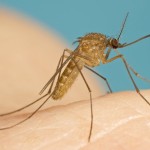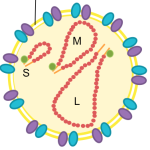Back with the Vampires in Peru
Happy Halloween from all at the CVR! About this time last year in 2016 we made an episode of Contagious Thinking (which I encourage you all to have a listen to/see link at the end) about vampire bats and the deadly rabies virus that they can carry and spread across Latin America. Vampire bats can… Continue reading



